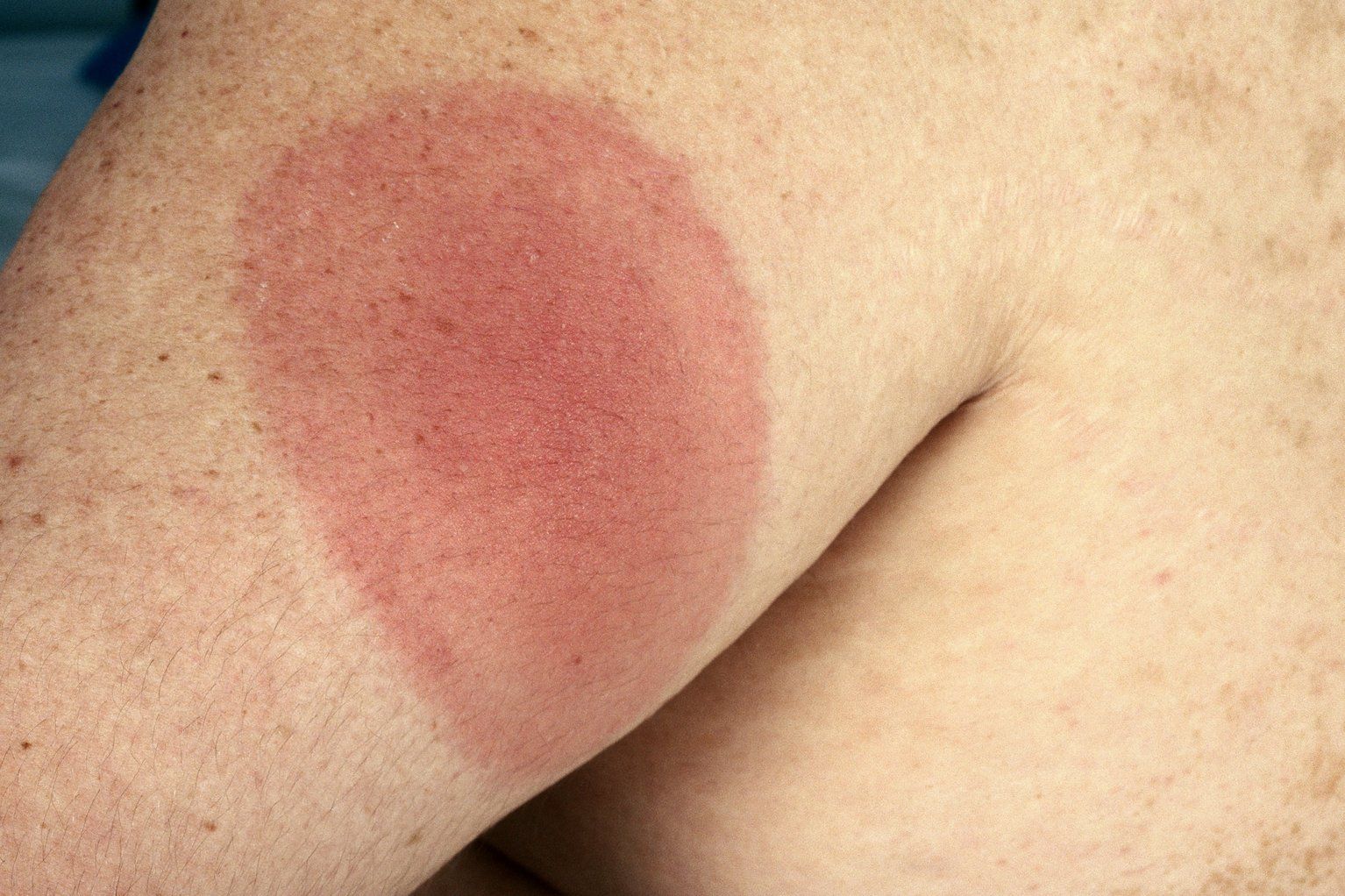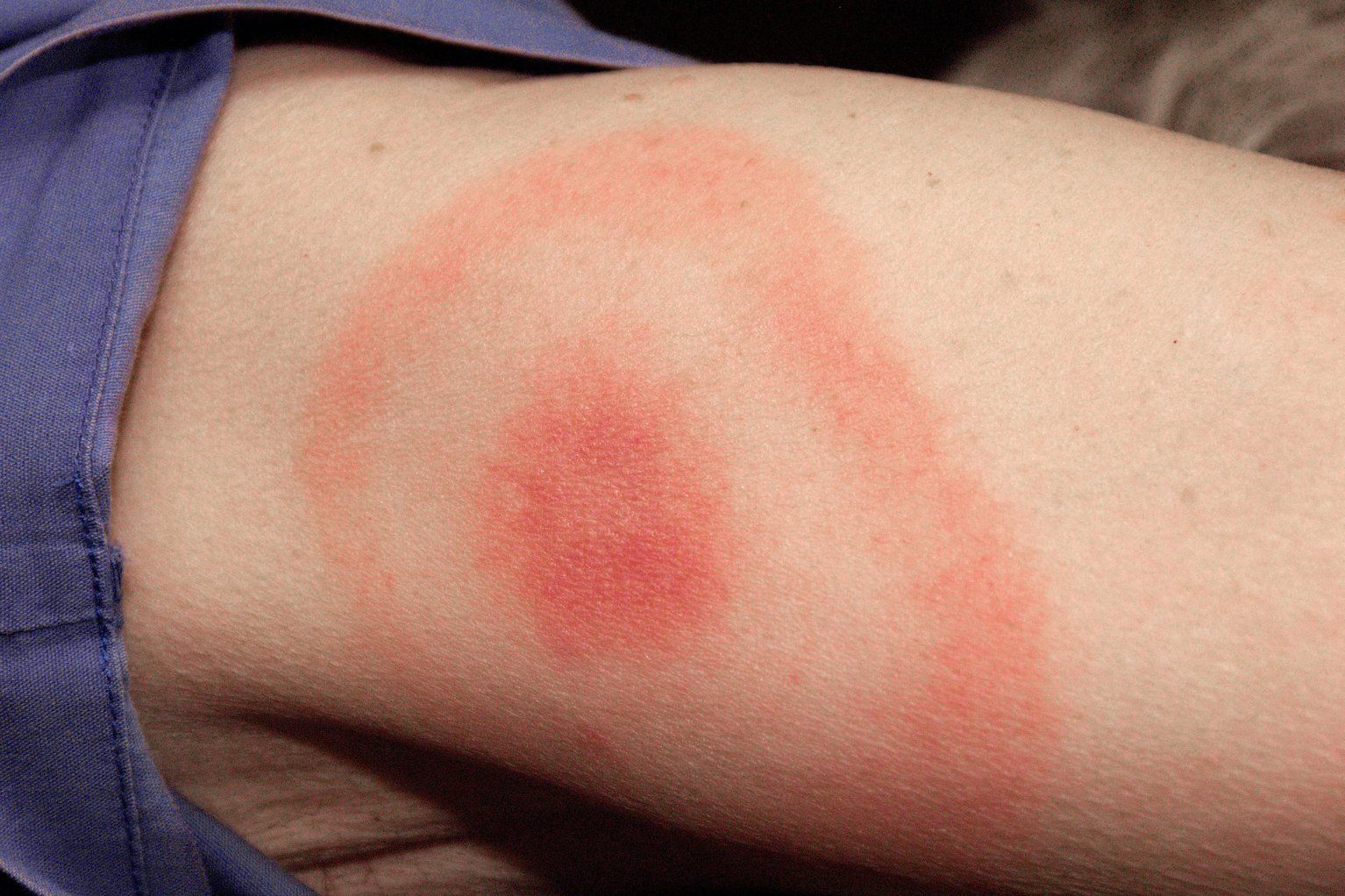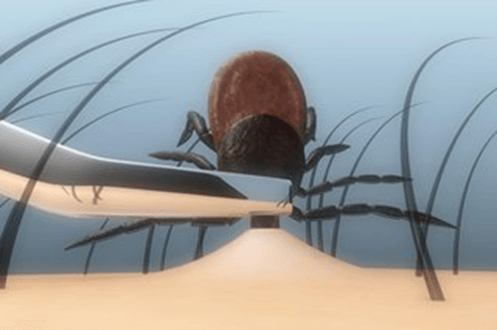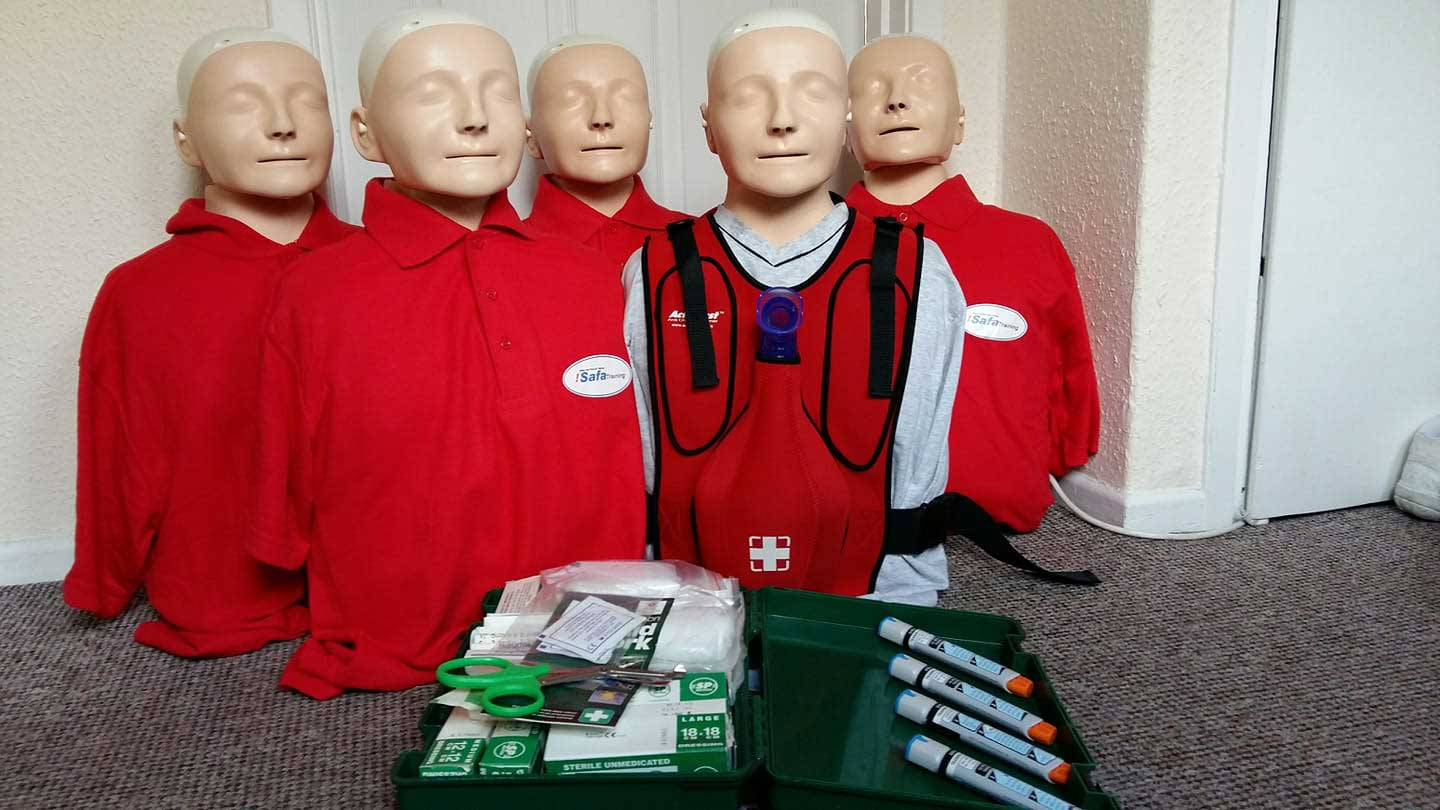Lyme Disease
What is Lyme's Disease, what are the symptoms and how to avoid it.
What is Lyme's Disease?
What are ticks and how do you get them?
Ticks are tiny spider-like creatures that live in woods and areas with long grass. They're found all over the UK.
Ticks do not jump or fly. They attach to the skin of animals or humans that brush past them.
Once a tick bites into the skin, it feeds on blood for a few days before dropping off.
Important
Tick bites are not always painful. You may not notice a tick unless you see it on your skin.
Regularly check your skin and your children's or pets' skin after being outdoors.
What are the symptoms?
Along with the rash, some people also have flu-like symptoms in the early stages, such as:
- A high temperature, or feeling hot and shivery
- Headaches
- Muscle and joint pain
- Tiredness and loss of energy
Some people with Lyme disease develop more severe symptoms months or years later.
This is more likely if treatment is delayed.
These more severe symptoms may include:
- Pain and swelling in joints
- Nerve problems – such as pain or numbness
- Heart problems
- Trouble with memory or concentration
The treatment is antibiotics
How to remove a tick safely
Use fine-tipped tweezers or a tick-removal tool. You can buy these from some pharmacies, vets and pet shops.
Grasp the tick as close to the skin as possible.
Slowly pull upwards, taking care not to squeeze or crush the tick. Dispose of it when you have removed it.
Clean the bite with antiseptic or soap and water.
The risk of getting ill is low. You do not need to do anything else unless you become unwell.
Enjoy reading our blogs?
Why not leave us a review
You can find SaFA Training & Consultancy Ltd on Google and all the main Social Media sites











